Roger Somville - The Hairy Ones
- Description
- Roger Somville (1923-2014)
| Type of artwork | Prints (signed) |
| Period | 1945 to 1999 |
| Technique | Etching |
| Support | Paper |
| Subject | Figures |
| Framed | Framed |
| Dimensions | 76 x 54 cm (h x w) |
| Incl. frame | 101 x 79 cm (h x w) |
| Signed | Hand signed |
Translated with Google Translate. Original text show .
Roger Somville (1923-2014) Proof print with figures signed and with editions at the printer including stamp.
Professionally framed behind thick museum glass with a heavy stainless steel frame.
Ink and lavis, grey wash on paper.
About the artist:
Somville grew up in poverty after the early death of his father. Because of this and under the influence of his uncle, a lithographer, he joined the Communist Party of Belgium. The Spanish Civil War and the Second World War left their mark on his life.
He studied from 1940 to 1942 at the Royal Academy of Fine Arts in Brussels and from 1942 to 1945 at the École Nationale Supérieure d'Architecture et des Arts Décoratifs of Charles Counhaye.[5] Under his influence he developed a monumental expressive style. He was director of the Academy of Fine Arts in Watermael-Boitsfort from 1958 to 1986.
In 1951 he joined La Jeune Peinture Belge. In the same year he founded the "Céramique de Dour" together with his wife Simone Tits. As one of the leaders of Neo-Realism he wrote the manifestos of 1958 and 1966. After the May days of 1968 he founded the "Mouvement réaliste" (Realist Movement) in 1969.
Best known are his murals such as "Notre temps" (1974-76) in the Brussels metro station Hankar[6], and in the Université catholique de Louvain in Louvain-la-Neuve, (together with the 'Collectif d'art public' he founded), a work of 410 m² on the theme "what is an intellectual?".
In 1946, together with his friends Edmond Dubrunfaut and Louis Deltour, he founded a 'Centre for the renewal of the Tournai tapestry'. "Triomphe de la Paix" (Congress Palace of Brussels, 1963 is one of his most famous designs).
| Condition | |
| Condition | Very good |
| Paper has some discolouration, but is in very good condition. | |
| Shipment | |
| Pick up | The work can be picked up on location. As a buyer you must bring your own packaging materials. The location is: Erpe-mere, Belgium |
| courier-service | If you are unable to collect a work yourself, you can engage a courier service to have the work collected. Click here for more information about how this works and view the rates. |
| Shipment | Due to its size or fragility, it is not possible to send this item via regular mail |
| Guarantee | |
| Guarantee | By putting the item up for auction, I agree with the Terms of Guarantee as they are applicable at Kunstveiling regarding the accuracy of the description of the item |
The seller takes full responsibility for this item. Kunstveiling only provides the platform to facilitate this transaction, which has to be settled directly with the seller. More information .
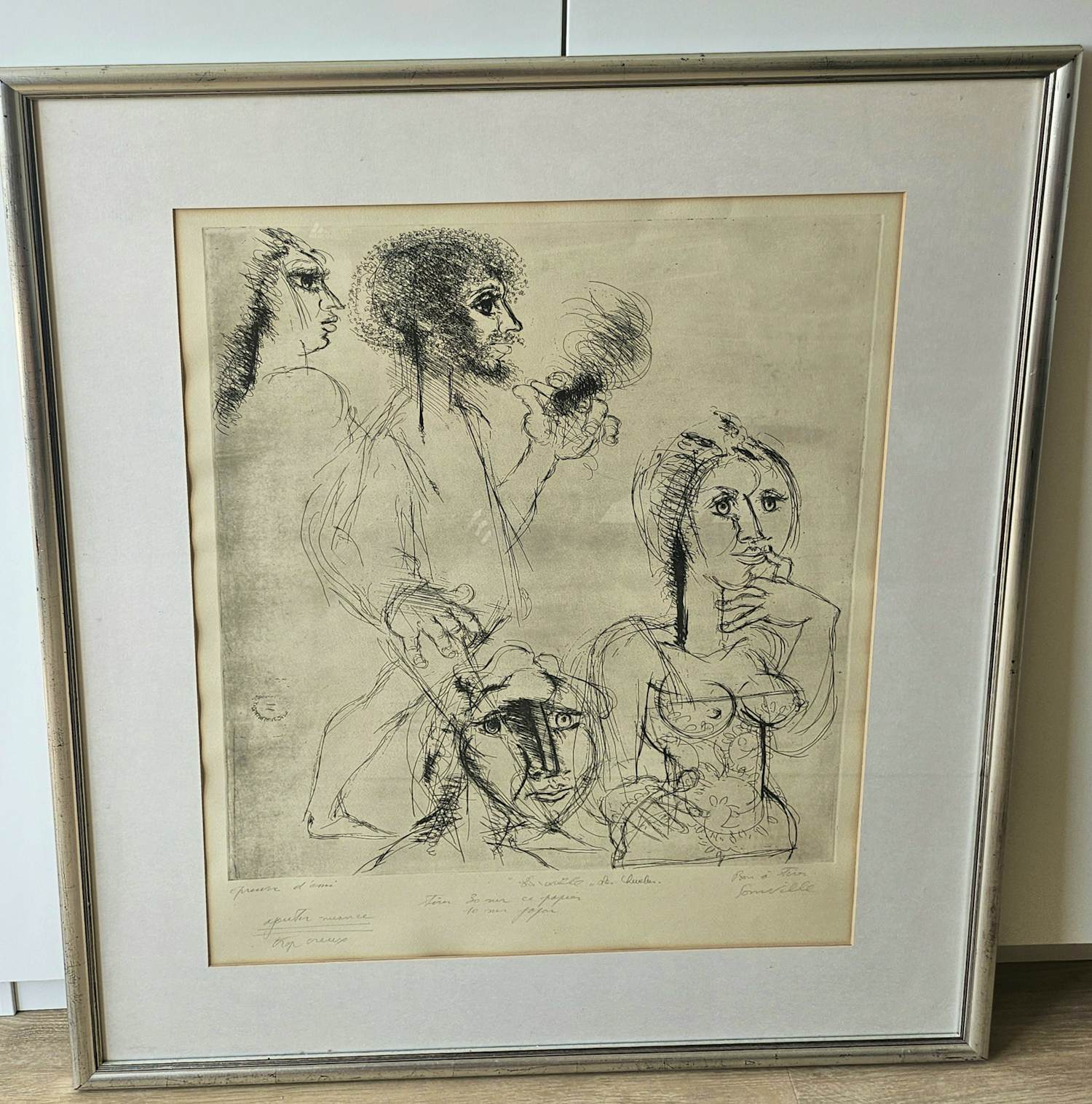
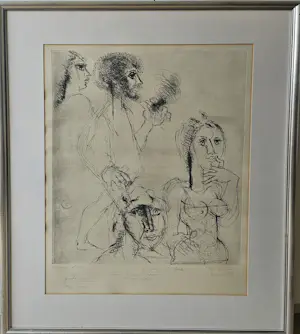
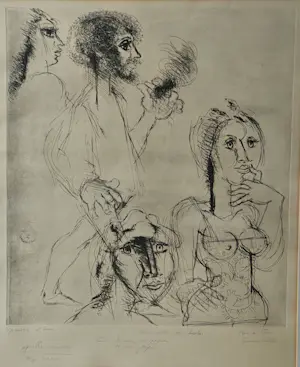
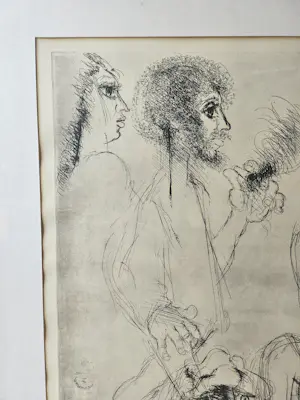
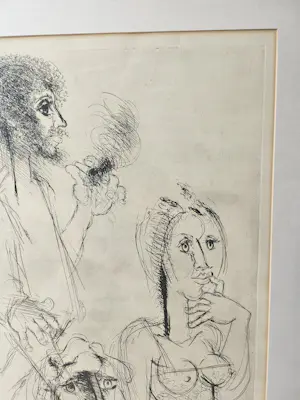
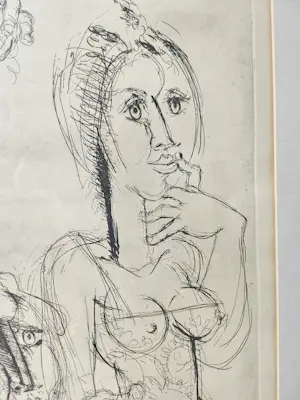

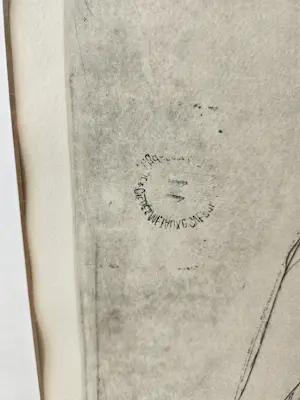
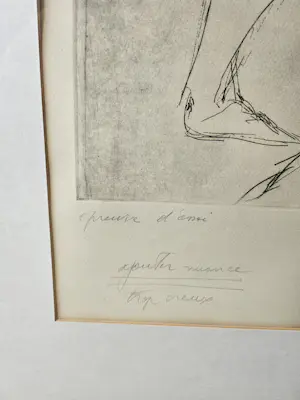

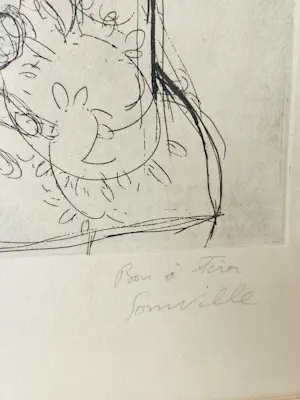

 Belgian
Belgian